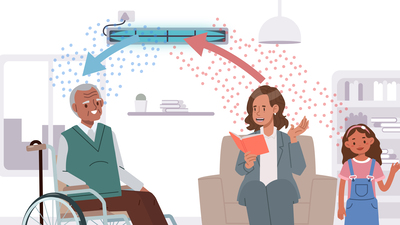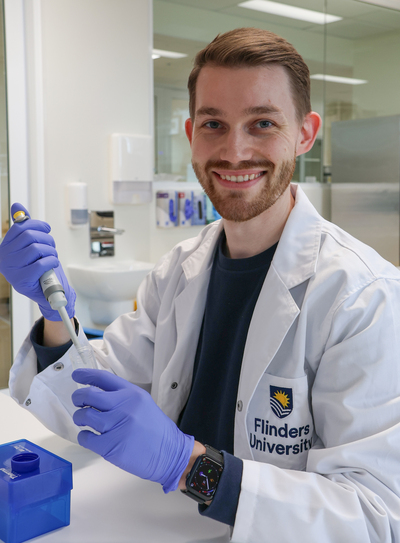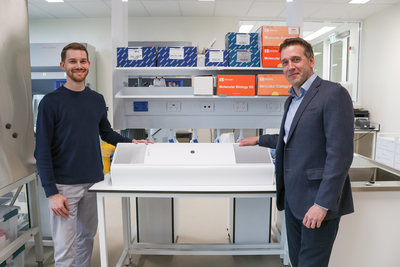Could a 'zap' from these appliances curb respiratory infections?

Germicidal ultraviolet (GUV) appliances already used in a wide range of clinical and commercial settings, including hospitals, have been used to ‘zap’ airborne viruses in four residential aged care facilities across metropolitan and rural South Australia. This was part of a trial — run by scientists from Flinders Health and Medical Research Institute and SAHMRI — that found the technology reduced rates of viral respiratory infections in these facilities by more than 12%; findings that, the researchers believe, could pave the way for smarter infection control.
The GUV appliances were by LAF Technologies and are already used in a wide range of clinical and commercial settings, including hospitals. These appliances work by purifying the air with UV-C light rays, deactivating harmful micro-organisms like viruses and bacteria. Able to be mounted to ceilings or walls, fitted into ventilated AC systems, and harmless to people, these appliances are already proven to reduce levels of airborne pathogens in laboratory and hospital settings.

“Some of the key advantages of germicidal ultraviolet air-treatment appliances are that they are easily installed into existing facilities and cost effective to use,” said Dr Andrew Shoubridge from Flinders and SAHMRI’s Microbiome and Host Health Programme, and lead author of the study. “When used in conjunction with existing infection control measures, they could be transformative in reducing rates of seasonal respiratory viral infections and protecting residential aged care facilities against emerging pathogens.”

For the trial, GUV appliances were installed and tested in communal areas that were exposed to high volumes of people — where the transmission of airborne viruses is usually greater. “We designed a randomised clinical trial to compare the same environments with and without the appliances tracking infection rates over two years,” Shoubridge explained. “While the appliances didn’t seem to lower infection rates during short study periods, they did help reduce overall numbers of respiratory infections by 12.2%, or roughly 0.3 fewer cases per week.
“This means GUV technology could make a noticeable difference in protecting people in aged care facilities, especially when we consider there are 250,000 Australians currently living in them,” Shoubridge said. The collaborating aged care facilities were: Barmera Health Service Residential Aged Care Facility (RACF), Riverland Mallee Coorong Local Health Network (RMCLHN); Allambi Residential Care Home (Eldercare); Lightsview Residential Care Home (Helping Hand); and Golden Grove Residential Care Home (Helping Hand).
The study was published open access in July 2025 in JAMA Internal Medicine — you can read it at doi.org/10.1001/jamainternmed.2025.3388.

Could slow water flow be risky when handwashing?
The speed at which water flows from hand basin taps can influence infection spread in aged care...
What are the benefits of an RSV vaccine for older adults?
Research suggests that vaccination against respiratory syncytial virus for adults over 60 has a...
Aged care antibiotic could put residents at risk
Better antibiotic management is needed in residential aged care to protect against...



